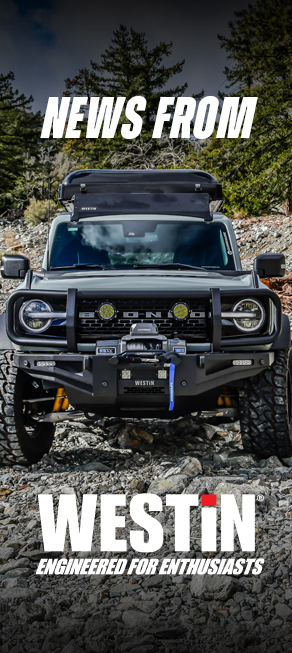Bigger is always better, right? When it comes to winches, that’s not always the case. Here, it’s best to use a bit of science before you pick the right one.
In this blog, we look into just how to determine which size winch is best suited to you and your rig.
Why Does Winch Size Matter?
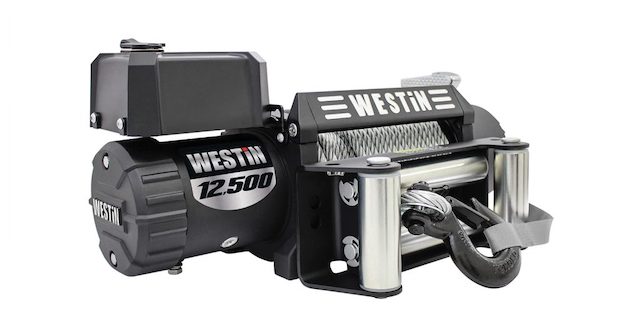
You may be wondering why you shouldn’t just go out and buy the largest capacity winch available. There are a few good reasons, aside from the increased cost:
- Your vehicle’s battery may not be up to the task of operating a massive winch motor.
- You may also need to make modifications to the front bumper to accommodate a larger winch.
- It may also block more of the radiator than you would like – not ideal in hot climates.
Go the other extreme, and an undersized winch is just as problematic. If it can’t get you out of a tough situation, then you may as well not have purchased it in the first place.
Factors Influencing Winch Size
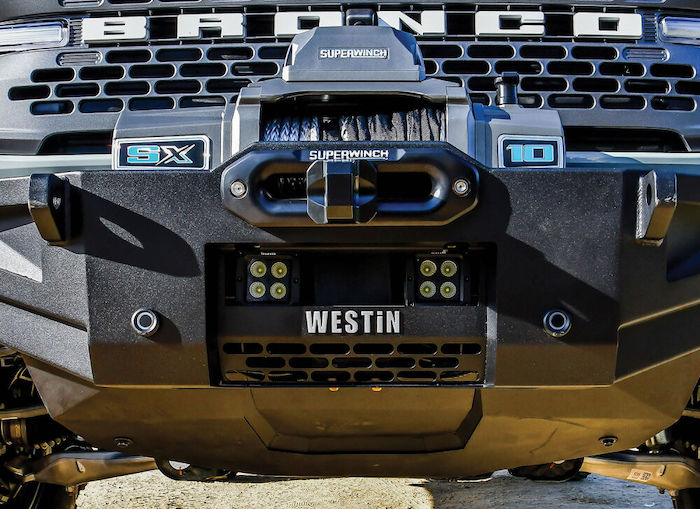
Finding the right size winch for your needs requires a bit of simple math. And some idea of what you intend to use it for. Factors you need to consider include:
- Vehicle Weight
- Angle And Type Of Pull
Weight Of Your Vehicle
The most important consideration is the weight of your rig. More specifically, its Gross Vehicle Weight or GVW. This is the total operating mass of the vehicle as set by the manufacturer. It includes the vehicle’s mechanical components plus the occupants and cargo onboard.
The GVW is usually found on a metal tag or plate inside the driver’s door frame. Most off-roading experts suggest that your winch should be able to pull at least 1.5 times the GVW:
Vehicle GVW x 1.5 = Winch Pull Capacity
For example, that means a vehicle with a 6,000-pound GVW should have a winch capable of pulling 9,000 pounds.
If you tow a trailer off road, then you will need to base your calculations on the Gross Combined Weight Rating (GCWR). This is the GVW, plus the trailer weight. In this case use:
Vehicle GCWR x 1.5 = Winch Pull Capacity
Angle And Type Of Pull
Pulling up an incline will need more power than pulling along a flat road. The same applies if you are attempting to free a vehicle from a mud pit versus pulling it along a dirt road.
If you are pulling another vehicle out of a tight spot, make sure that its GVW doesn’t exceed the 1.5 rule we mentioned above.
That’s why having a winch with some extra pulling capacity can make all the difference.
How To Choose The Right Size And Type Of Winch
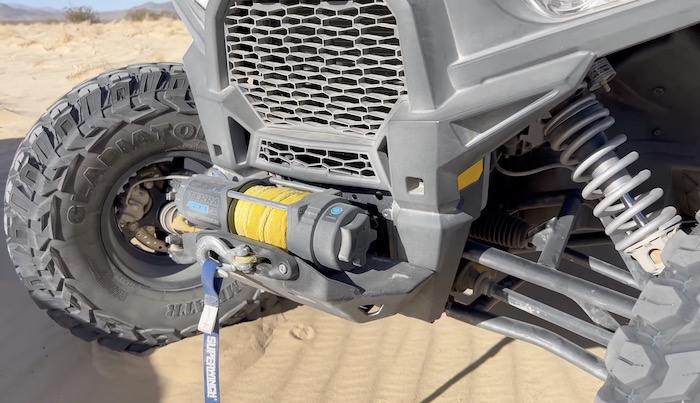
Once you have worked out the maximum pulling capacity you need, the next step is to pick the winch that will work best for your needs. Considerations here include:
- Cable Length
- Cable Type – steel or synthetic?
- Heavy or light-duty use
- Front bumper modifications and winch mounts
For a more in-depth look at factors influencing your winch type, read our blog on ‘The Benefits Of Adding A Winch To Your Bumper’.
Westin Has The Perfect Winch For Your Off-Roader
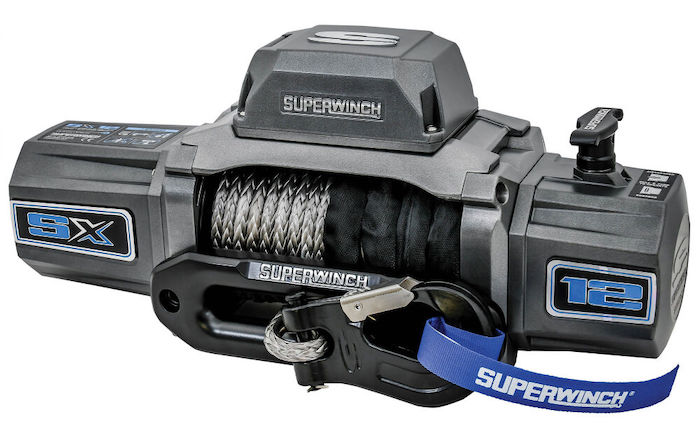
Westin and Superwinch are industry-leading manufacturers of quality automotive aftermarket products. We have supplied equipment for Trucks, Jeeps, and SUVs for more than 40 years. Our products are engineered for enthusiasts. And we back everything we sell with a comprehensive warranty policy.
We have an extensive range of Superwinch winches and accessories. Whether you are venturing off-road for the first time or are an off-roading pro, we have a winch to suit your needs.
Contact our expert team today and get the perfect winch for your Truck, Jeep, or SUV.

